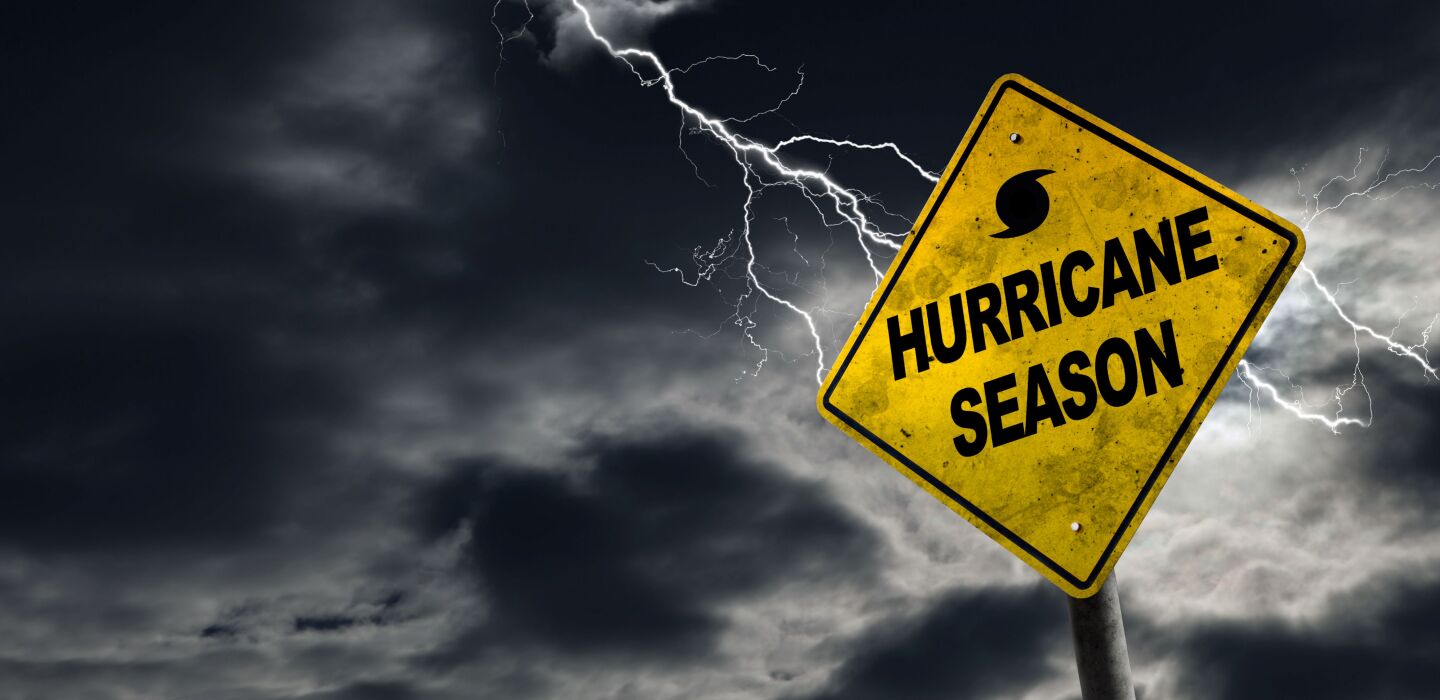
Tools and Tips to Stay Prepared for Hurricane Season
(TNS) – Forecasters are expecting this hurricane season to be more active than normal, and Orangeburg County is offering more ways for residents to stay informed during storms and other emergencies.
“There are more tools in our toolbox to use during a disaster,” Orangeburg County Emergency Services Director Billy Staley said.
One way for the public to stay informed is by signing up for the county’s CodeRED alerts.
After an individual signs up for CodeRED, they will be notified in the event of emergency situations or critical community alerts.
Examples include weather warnings, evacuation notices, bio-terrorism alerts, boil water notices, and missing child or person reports. The alert will also provide individuals with traffic routes to use during a storm.
To sign up, visit public.coderedweb.com/CNE/BFBE210FBF7E.
Individuals can also receive text notices by texting ORANGEBURGCNTYALERTS to 9941. Individuals will be sent a registration link to register their phones.
People who sign up will receive any emergency alerts the county sends out. You can also opt in for weather alerts.
An individual will receive an alert if they are within close proximity to an emergency incident.
When CodeRED calls, the caller ID will read OnSolve or 866-419-5000 for CodeRED calls. For CodeRED weather warning calls, either OnSolve or the number 800-566-9780 will appear on caller ID displays.
“Residents can simply dial the number displayed on their caller ID to hear the last message delivered,” Staley said. “This will greatly reduce the number of inbound inquiries handled by our office and will offer residents an immediate replay of the message.”
The CodeRED emergency alert system is funded through the office’s budget. The department typically sends out alerts at least once a month.
“You would be surprised at the missing person alerts that we do,” Staley said.
Those without Internet access may call Orangeburg County Emergency Services at 803-533-6265 on Monday through Friday from 8 a.m.to 5 p.m. to supply their information over the phone.
AM Radio Alert System
In addition to CodeRED, the county has put in an AM radio alert system that is designed to distribute public safety weather bulletins. The system came online around May 1.
The station programs are controlled by the county’s Office of Emergency Services. Public safety messages or the National Weather Service warnings can be broadcast.
The system uses about 11 transmitters throughout the county placed at various fire stations.
“The reason we went with it is because AM radios are still in cars,” Staley said. “We wanted to make sure that we could push out some public safety information both to our residents and any evacuees for traffic information.”
The stations can be used to inform the public about sheltering locations and food distribution locations for those without power.
The radio system was funded through a $485,156 Federal Emergency Management Mitigation grant, with the county matching about 25 percent of the cost.
Hurricane season
This year, Colorado State University is forecasting between 17 to 25 named storms and eight to 13 hurricanes, with four to seven being major hurricanes.
The average number of named storms in a year is around 14, the average for hurricanes is about seven, and the average for major storms is about three, according to the CSU.
It is the highest preseason hurricane forecast ever for CSU since it began predictions in 1995.
The researchers cite record warm tropical and eastern Atlantic sea surface temperatures being a primary factor in the hurricane prediction this year.
Also, a changing global climate pattern known as the El Niño Southern Oscillation will lead to lower wind shear across the Atlantic basin, likely bringing a more favorable environment for storms to thrive.
Residents should always be ready for a storm, Staley said.
Among some of the ways to prepare for hurricane season is to develop an emergency response plan. Sheltering needs to be discussed and a supply and first-aid kit needs to be available.
A communication plan that includes a list of people to contact in the event of severe weather is also advised.
One area of readiness that is particularly important for all storms is dealing with power outages.
Supplies should include food, water and first-aid kits that include medicines, important documents (health care information, property titles, insurance records), flashlights, radios, cell phones with chargers, family and emergency contact information, emergency blankets and maps.
Other items that should be available include baby supplies (bottles, formula, baby food, diapers), games for children, pet supplies, an extra set of car and house keys, manual can opener, whistle, N95 or surgical masks, matches, rain gear, towels, work gloves, tools/supplies for securing home, extra clothing, duct tape, scissors, household liquid bleach and sleeping bags.
The National Oceanic and Atmospheric Administration suggests getting an insurance checkup and for individuals to document their possessions.
Take the time before hurricane season begins to document possessions: photos, serial numbers, or anything else that you may need to provide your insurance company when filing a claim.
Contact the writer: gzaleski@timesanddemocrat.com or 803-533-5551. Check out Zaleski on Twitter at @ZaleskiTD.
___
©2024 The Times and Democrat (Orangeburg, S.C.)
Distributed by Tribune Content Agency, LLC.


Average Rating